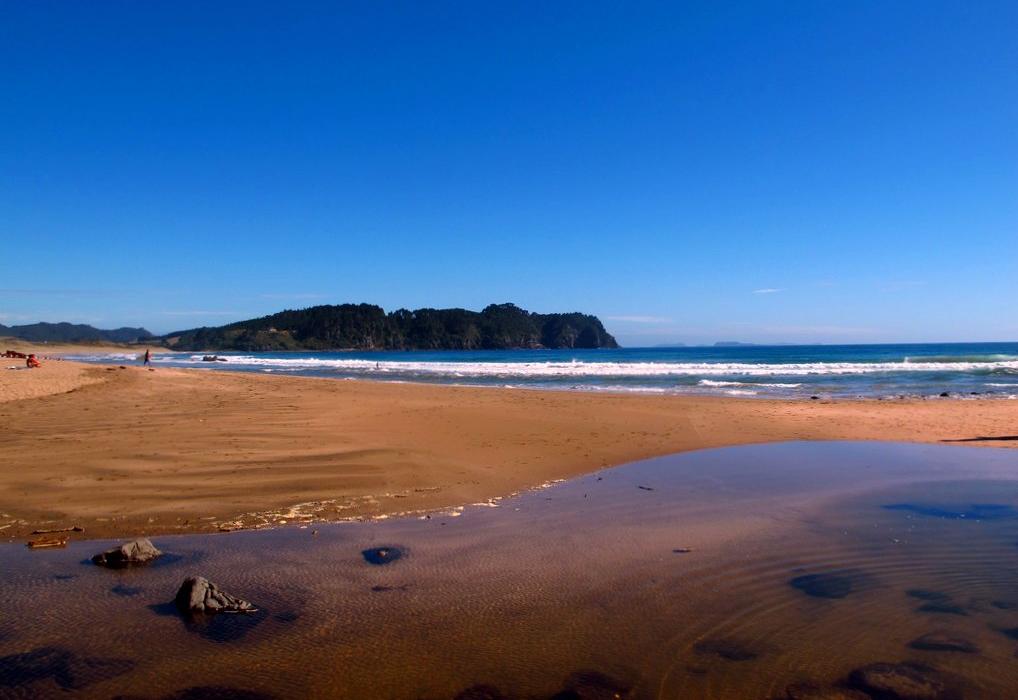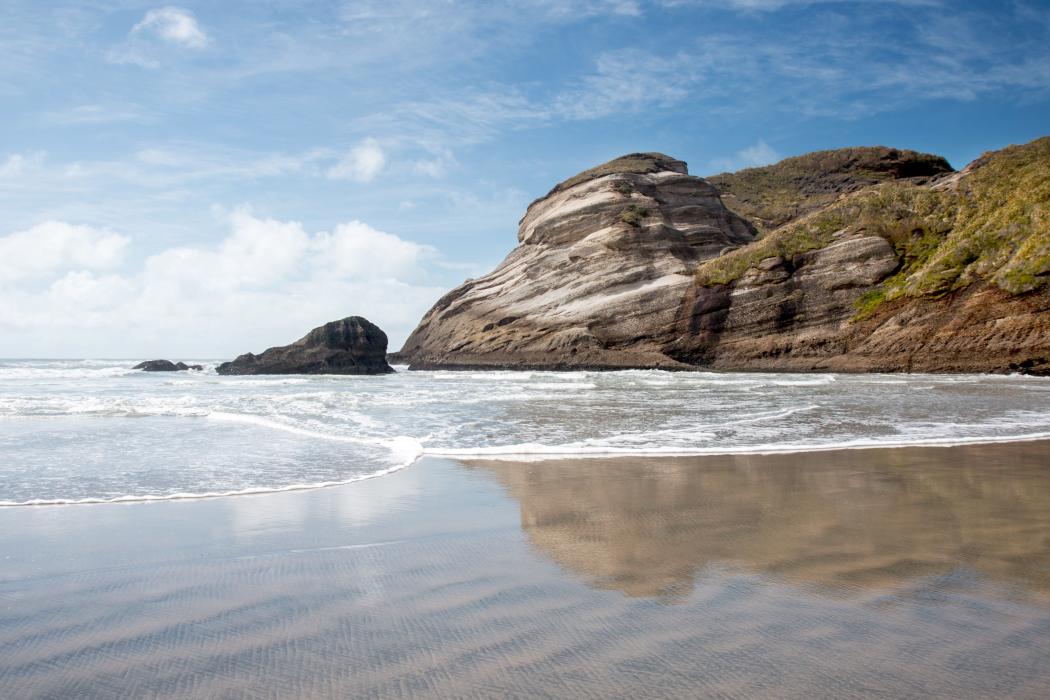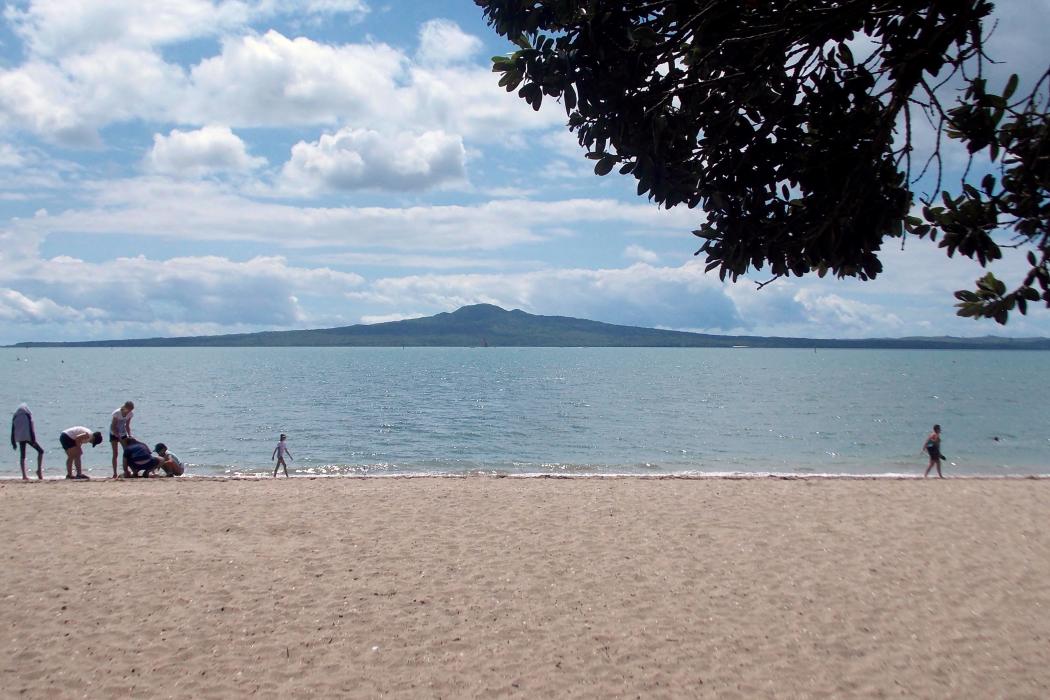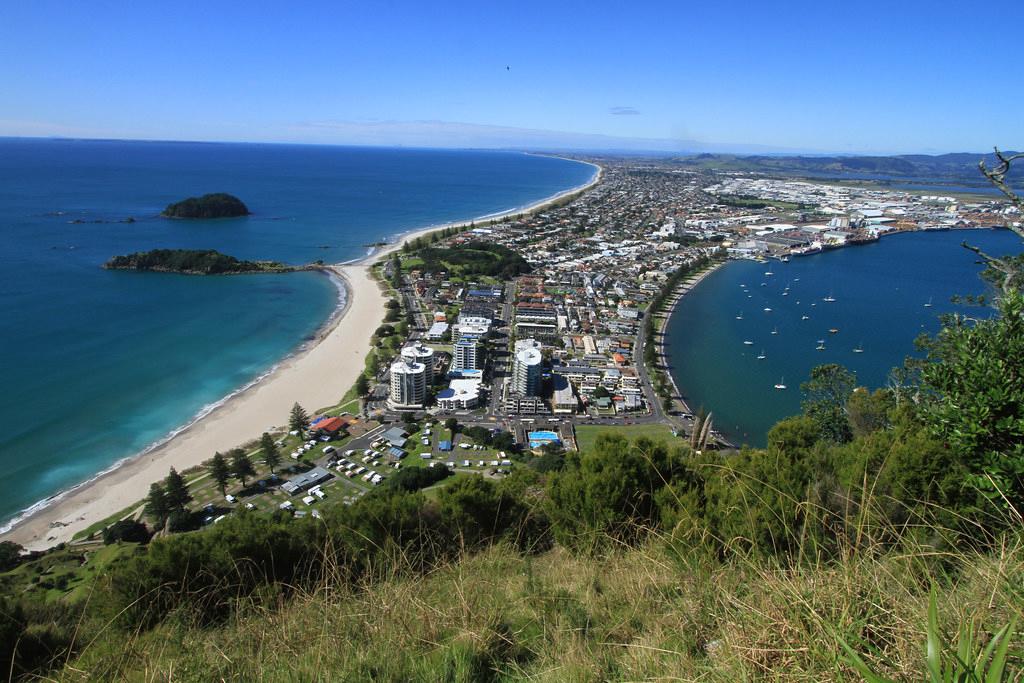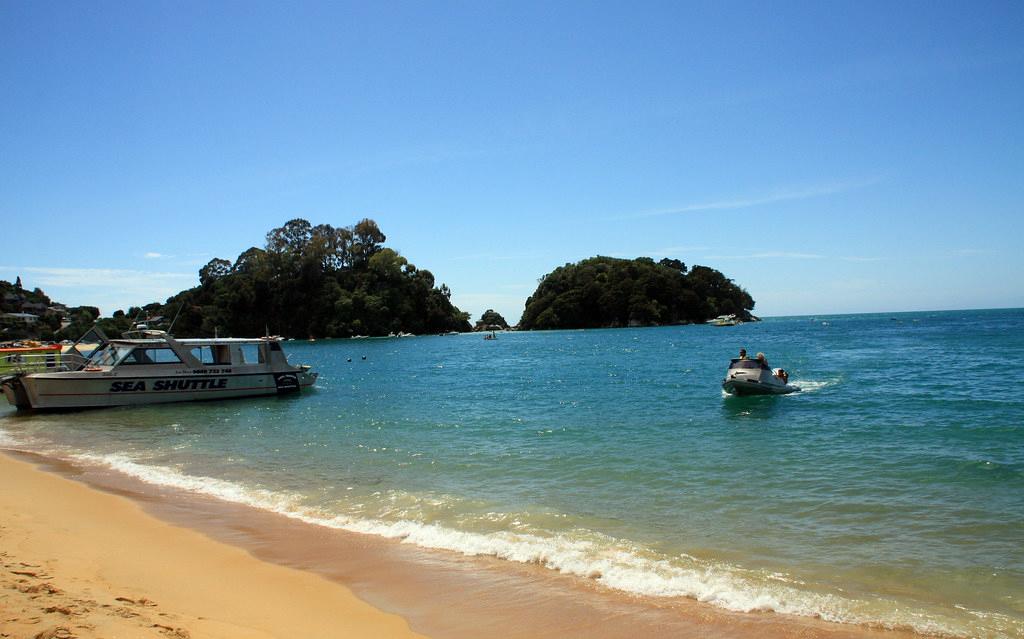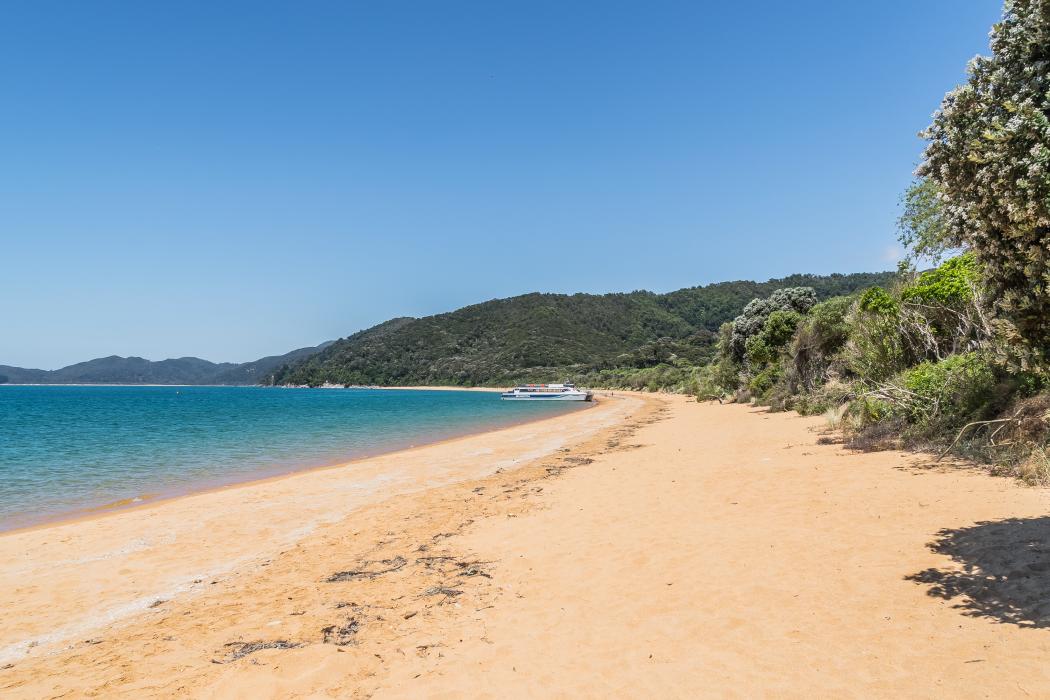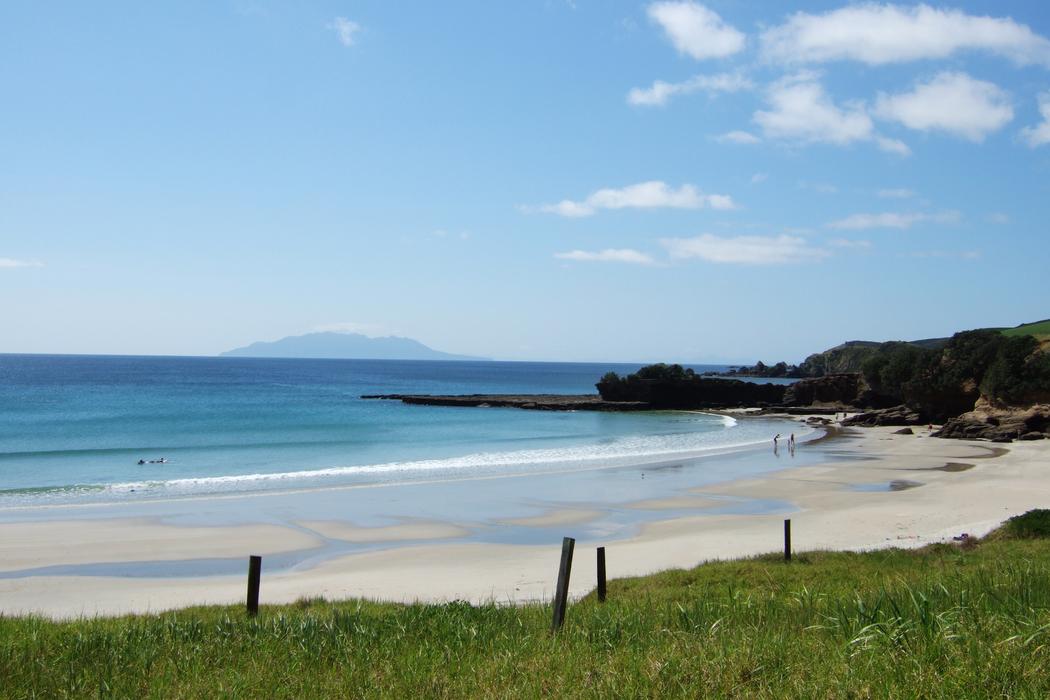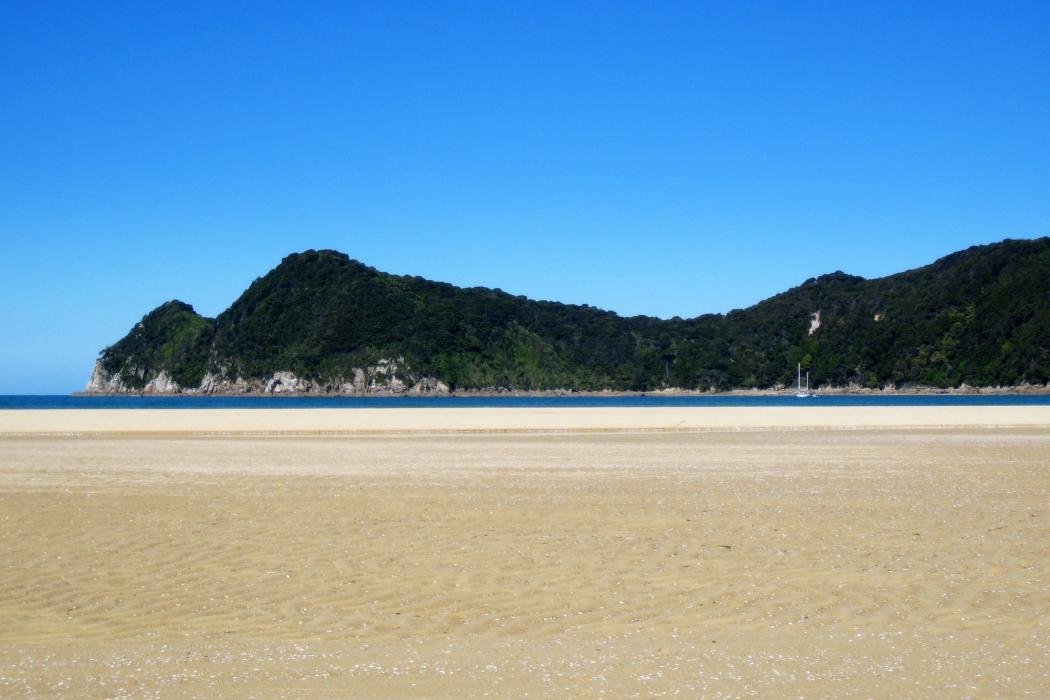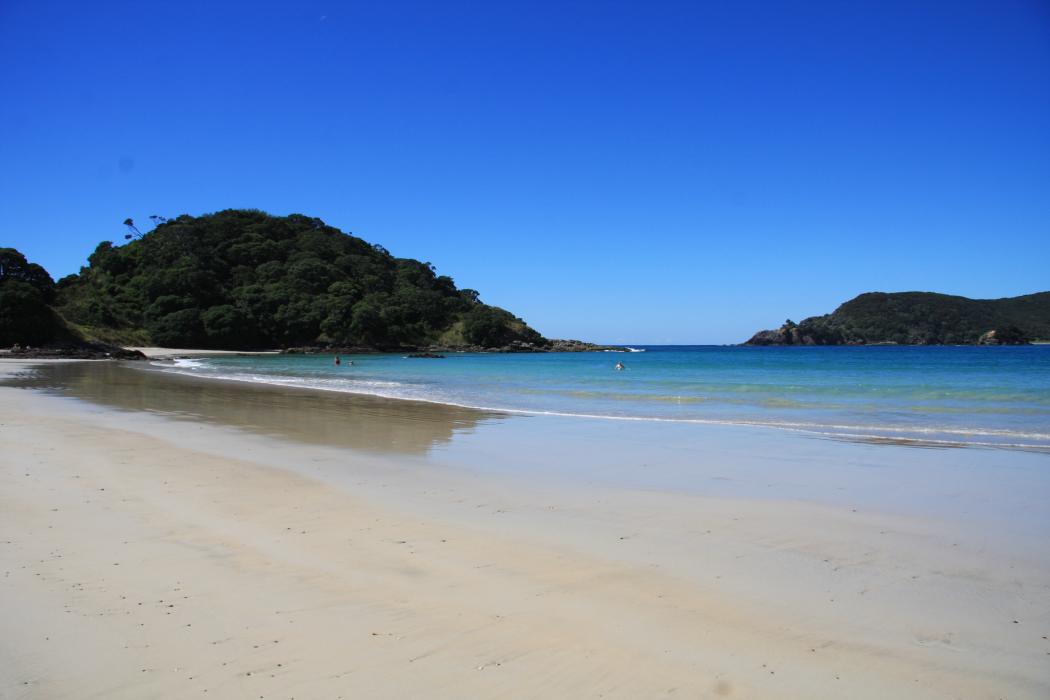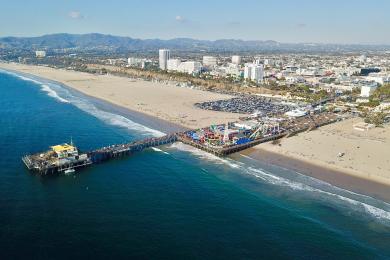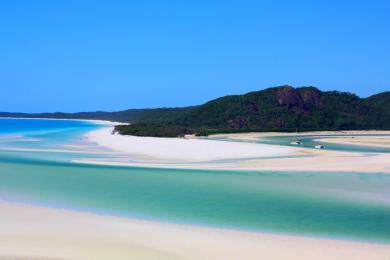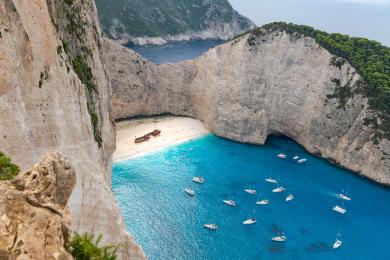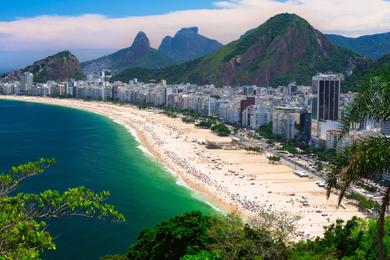Located in the coastal suburb of New Brighton in the city of Christchurch, on the east coast of New Zealand’s South Island, New Brighton Beach is an 18-kilometer-long and wide golden sand beach. This beach is adjacent to the South New Brighton Beach stretches from the mouth of the Waimakariri River to South Spit Reserve and has a beautiful backdrop of dunes, coastal vegetation, playgrounds, parks, and several oceanfront buildings, including a cafe and a library, creating a picturesque setting along the Pegasus Bay, which extends along the Canterbury coastline. New Brighton Beach was established as a seaside resort town in the late 19th century and is immensely popular for its 300-meter-long pier, which is the longest ocean pier in Australasia.
New Brighton Beach, Christchurch, is home to numerous playgrounds and parks, namely New Brighton Beachside Playground, Thomson Park, South New Brighton Domain, and Broad Park. New Brighton Beachside Playground is located on Marine Parade, near the pier, and has a large play area with musical toys, swings, slides, a huge waka, and a basketball court. Thomson Park is located near North Beach Surf Lifesaving Club, which has a sports field, a skate park, and many picnic areas. Another recently opened playground is the South Brighton Domain, which features a seven-meter-high climbing tower with a net that children can climb. Lastly, the Broad Park, which also has many wooden climbing structures, a flying fox, swings, and slides. New Brighton Beach is promoted as an ecotourism destination, encouraging sustainable tourism practices to preserve the natural beauty and diverse marine life of the region.

